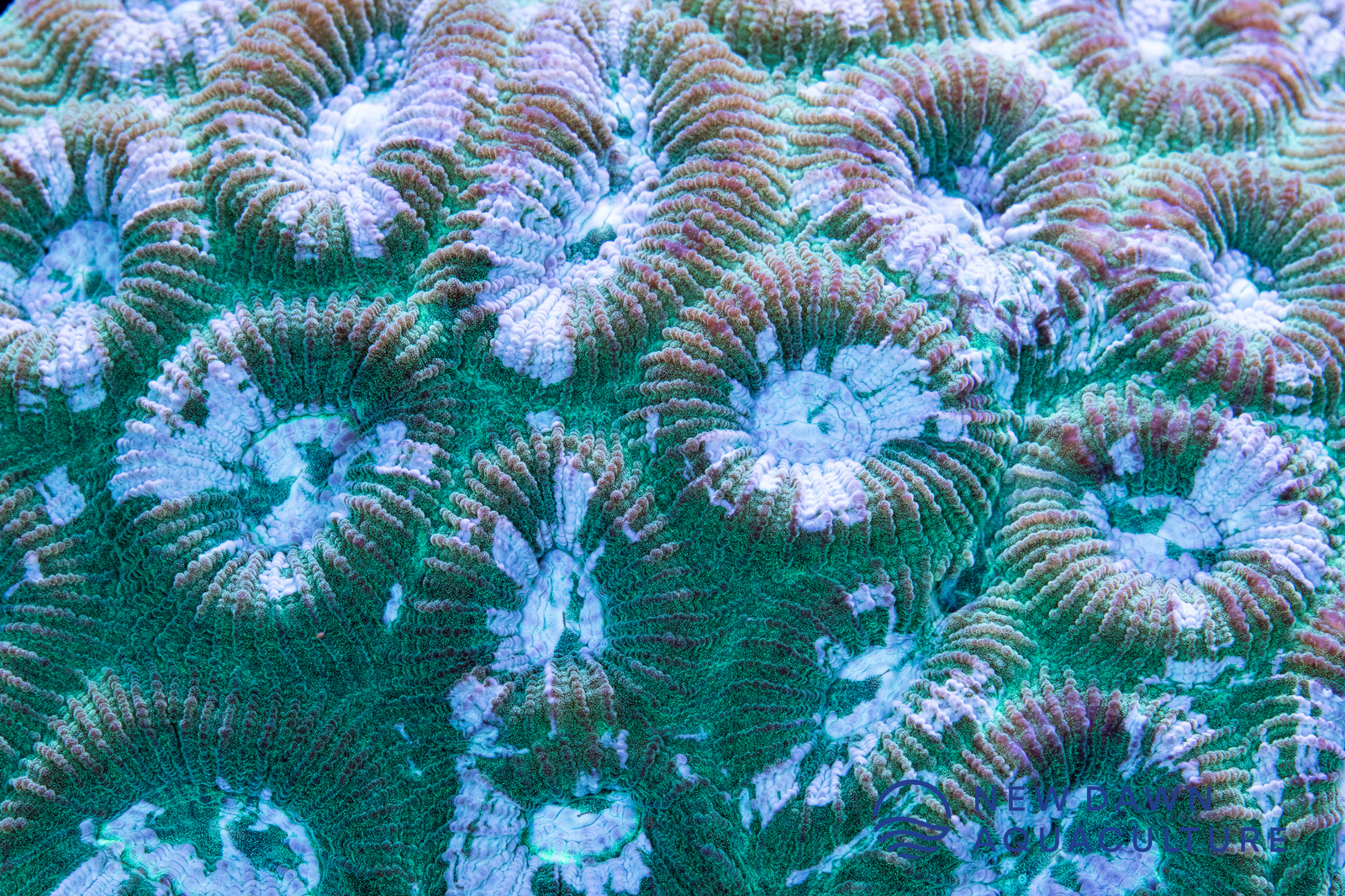One very popular group of corals that is notably absent from our website are the corals known as Favias. These corals are great candidates for aquaculture, colourful, easy to keep, and fun to feed. So why don't we stock them? It's due to the fact that in the reef aquarium hobby, no one actually has a Favia.
The Genus Favia
At this point in time there are currently only two accepted species belonging to the genus Favia. These are Favia fragum, and Favia gravida. There are an additional 10 species of Favia which all have a status of taxon inquirendum. This status means that they are a species of doubtful identity and require further investigation. Yet, according to WoRMS (World Register of Marine Species), there has been a total of 93 species belonging to Favia at one point in time.
So what happened to all of those species?
Of the 93 species 81 have been reclassified to date, and we will most likely see those 10 species with the status taxon inquirendum also reclassified. Most have been moved to the genus Dipsastraea, but we see others getting placed into Favites, Goniastrea, Leptastrea, Coelastrea, Cyphastrea, ect...
What genus is the Favia in my aquarium?
It's unlikely that there are any true Favias in the hobby today. Both Favia fragum, and Favia gravida are found in the Atlantic Ocean, which is not where corals are collected for reef aquariums. Perhaps there is a coral farm in the United States that has one but it would be a truly rare coral and it's unlikely that most hobbyists would be able to get their hands on a piece.
The "Favia" in your aquarium is most likely a Dipsastraea. The Genus Dipsastraea adopted most of the species that used to belong to Favia in 2014. These corals are identifiable by their widely spaced corallites that never have fused walls.
Although less likely, you could also have a Favites, Coelastrea, or Goniastrea. All of these corals are difficult to tell apart which is why most people selling them just refer to all of them as a Favia. We'll be doing a follow up blog to this where we go in depth on how we identify these genera from one another.

